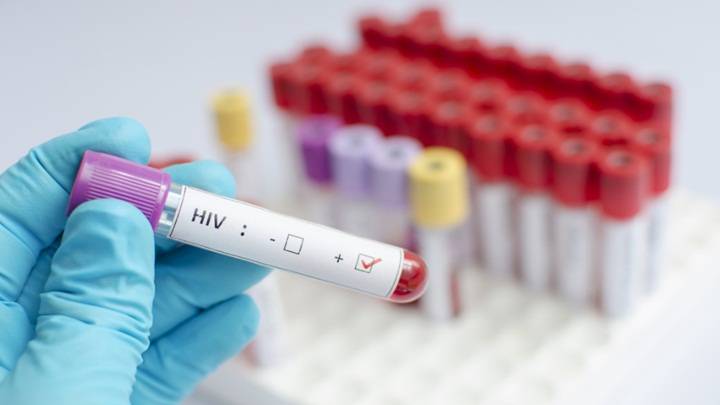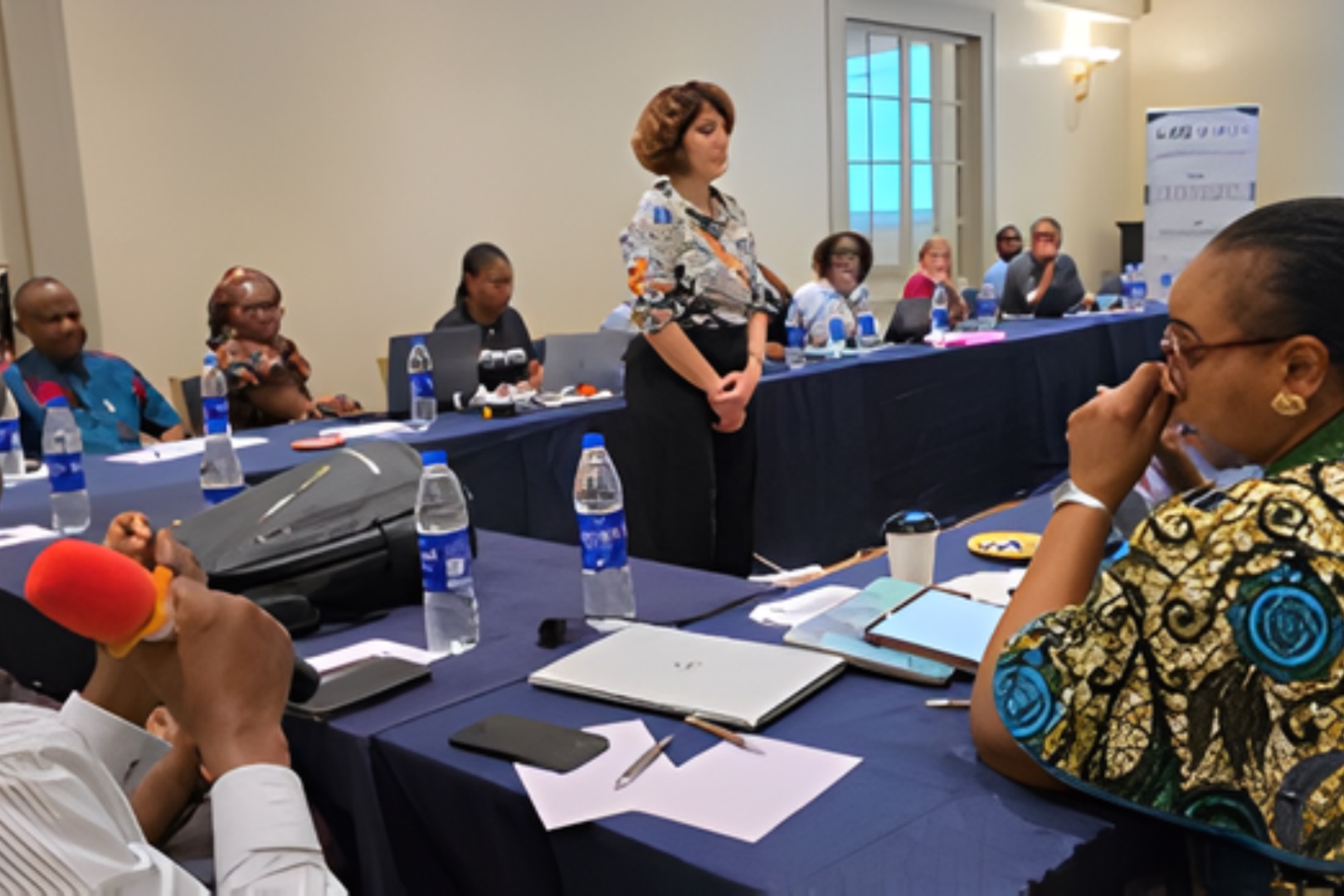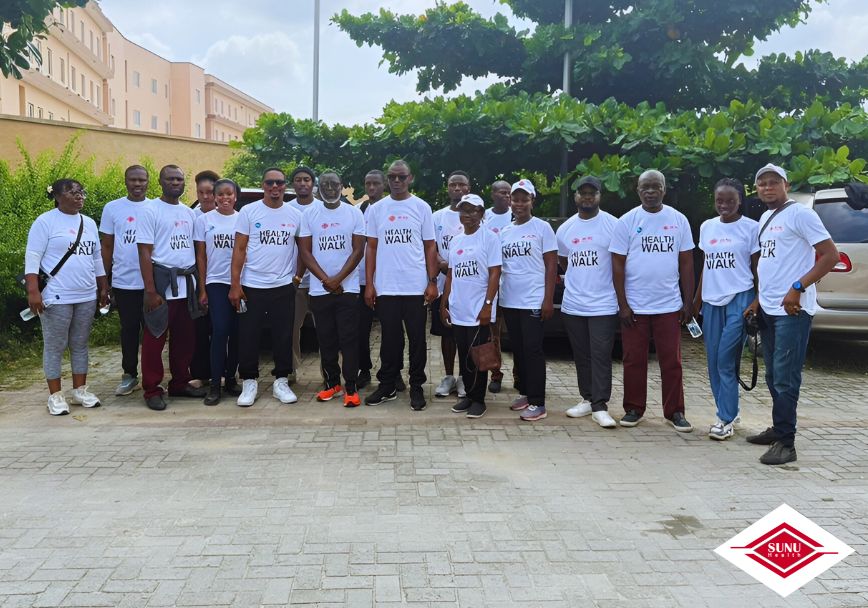Health
Four African Countries Almost Controlling HIV Epidemics

By Dipo Olowookere
Data from the US President’s Emergency Plan for AIDS Relief (PEPFAR) has shown that the HIV epidemic is coming under control across all age groups in Swaziland, the country with the highest HIV prevalence in the world.
Additional PEPFAR-supported studies released in December 2016 for Malawi, Zambia, and Zimbabwe demonstrate significant progress toward controlling the HIV epidemics in these countries as well.
According to the latest Swaziland HIV Incidence Measurement Survey (SHIMS 2) released today, new HIV infections have been nearly halved among adults, and HIV viral load suppression – a key marker of the body successfully controlling the virus – has doubled in Swaziland since 2011.
These data suggest that Swaziland has met the global target for community viral load suppression among HIV-positive adults four years ahead of schedule. The Swaziland data is particularly important because PEPFAR funded a comprehensive survey in 2011-2012, which provides the critical baseline comparator of current results and progress.
Over the same time period, life-saving antiretroviral treatment (ART) nearly doubled in Swaziland, reaching over 80 percent ART coverage among adults. Voluntary Medical Male Circumcision (VMMC) coverage also rose from 13 to 29 percent in the country.
In addition, the critical PEPFAR-supported public-private DREAMS Partnership (Determined, Resilient, Empowered, AIDS-free, Mentored and Safe), which focuses on reducing HIV infections among girls and women ages 10-24, was launched in 2015.
Ambassador Deborah L. Birx, M.D., U.S. Global AIDS Coordinator and Special Representative for Global Health Diplomacy, said, “We now have clear evidence that four African countries are approaching control of their HIV epidemics. These unprecedented findings demonstrate the remarkable impact of the U.S. government’s efforts, through PEPFAR and the Global Fund to Fight AIDS, Tuberculosis and Malaria, in partnership with African countries. We now have a historic opportunity to change the very course of the HIV pandemic.”
Data from these four countries were gathered through critical household surveys, known as Population-Based HIV Impact Assessments (PHIAs), which are funded by PEPFAR and conducted by the US Centers for Disease Control and Prevention (CDC) and ICAP at Columbia University’s Mailman School of Public Health, as well as by local governmental and non-governmental partners.
The data from Swaziland draw from two household surveys (SHIMS 1 and SHIMS 2) that directly measured new HIV infections and viral load suppression in 2011 and 2016 respectively.
“The findings from SHIMS 2 are a testimony to the remarkable commitment by the Government of Swaziland to confronting the HIV epidemic,” said Dr. Wafaa El-Sadr, Director of ICAP. “It is a demonstration that all the efforts put into the scale-up of HIV prevention, care, and treatment services have borne fruit.”
While the PHIA results demonstrate tremendous progress, they also reveal key gaps in HIV prevention and treatment programming for younger men and women that require urgent attention and action. In all four surveys, women ages 15-24 and men under age 35 were less likely to know their HIV status, be on HIV treatment, or be virally suppressed than older adults.
These gaps are all areas in which PEPFAR continues to invest and innovate, including efforts to reduce HIV incidence among adolescent girls and young women through the DREAMS Partnership and to reach and link more young men to HIV services.
“These results from Swaziland signal a dramatic transformation in a country where HIV was destabilizing families, communities, and the economy,” said Shannon Hader, M.D., M.P.H., Director of CDC’s Division of Global HIV & TB. “They also show what we must do next to achieve HIV epidemic control. Global efforts are working – we can’t stop now.”
Malawi, Swaziland, Zambia, and Zimbabwe are among the 13 highest-burden countries where PEPFAR is accelerating its efforts toward reaching epidemic control by 2020 through the UNAIDS 90-90-90 framework and expansion of HIV prevention.
PEPFAR also continues to invest in over 50 countries, ensuring access to services by all populations, including the most vulnerable and at-risk groups while partnering with host governments, the Global Fund, UNAIDS, and others.
This includes maintaining life-saving ART for all of the people that PEPFAR currently supports and expanding both HIV prevention and treatment services, where possible, through increased performance, efficiency gains, and shared responsibility of all partners.
Health
SUNU Health Named Most Customer Focused HMO of the Year

By Modupe Gbadeyanka
The decision of the management of SUNU Health Nigeria Limited to adopt the strategy of placing the enrollee and customer at the heart of its operations has started to pay off.
The company was recently announced as Most Customer-Focused Health Insurance Company of the Year at the Customer Service Standard Magazine Awards 2025.
The recognition underscored the company’s success in translating its dedication into tangible enrollee satisfaction and superior market service at the Nigerian Health Maintenance Organisation (HMO) landscape.
It also highlights the organisation’s dedicated efforts in streamlining claims processing, enhancing access to quality healthcare providers, and maintaining transparent, responsive communication channels with its diverse client base across Nigeria.
The accolade further serves as a powerful testament to the successful integration of digital solutions and human-centric service models at SUNU Health.
It positions the firm as a leader not only in providing robust health plans but also in delivering the supportive, personalized care that enrollees truly value.
“Clinching the Most Customer-Focused Health Insurance Company of the Year award is not just an honour; it is a validation of the core philosophy that drives every member of the SUNU Health team.
“We believe that healthcare is fundamentally a service industry, and our success is measured by the well-being and satisfaction of our enrollees,” the chief executive of SUNU Health, Mr Patrick Korie, commented.
“This award reinforces our resolve to continuously innovate and set new benchmarks for customer experience in the Nigerian health insurance sector.
“Our commitment to providing accessible, high-quality, and seamless healthcare solutions remains our top priority as we move into the new year (2026),” he added.
Health
Nigeria Launches First National Antimicrobial Resistance Survey

By Adedapo Adesanya
Nigeria has launched its first nationally representative survey on antimicrobial resistance to generate critical data to guide evidence-based policies, improve patient outcomes, and strengthen health system resilience.
Antimicrobial resistance occurs when bacteria, viruses, fungi, and parasites evolve to resist treatment, making infections harder to cure.
As a result, surveillance is essential to track resistance patterns, identify priority pathogens, and guide targeted interventions and with support from the World Health Organization (WHO) and other partners, the initiative marks a milestone in the country’s public health response.
Nigeria becomes the third country globally to partner with WHO on a national antimicrobial resistance survey. having been selected based on the country’s strong commitment to AMR surveillance, its updated WHO Nigeria NAP 2.0, and readiness to expand laboratory and data systems.
Africa’s most populous country ranks 20th globally for age-standardized mortality due to antimicrobial resistance . In 2019, an estimated 263,400 deaths in Nigeria were linked to it—more than the combined deaths from enteric infections, tuberculosis, respiratory infections, maternal and neonatal disorders, neglected tropical diseases, malaria, and cardiovascular diseases.
Globally, resistant infections in tertiary care settings cost between $2,371 and $29,289 per patient episode, extend hospital stays by an average of 7.4 days, and increase mortality risk by 84 per cent.
The survey will see the establishment of a national baseline on antimicrobial resistance prevalence to monitor interventions, assess the distribution, burden (morbidity, mortality, DALYs, cost), and diversity of AMR across regions and populations, as well as contribute to the global target of reducing AMR deaths by 10 per cent by 2030, in line with the political declaration endorsed at the 79th United Nations General Assembly in 2024.
It also seeks to strengthen routine antimicrobial resistance surveillance, including diagnostics, sample referral systems, and laboratory capacity.
Using WHO’s standardized methodology, the survey will run for 12–15 months and cover 40–45 randomly selected health facilities nationwide. Patients with suspected bloodstream infections (BSIs) will be identified using standard case definitions, and blood samples will be analysed in quality-assured laboratories.
Data will be collected across all age groups, covering clinical, demographic, laboratory, financial, and outcome indicators. Follow-up will occur at discharge, 28 days, and three months post-infection. The survey will sample approximately 35,000 patients suspected of BSIs to obtain around 800 isolates of the most common pathogens.
Dr Tochi Okwor, Acting Head, Disease Prevention and Health Promotion, Nigeria Centre for Disease Control and Prevention (NCDC) said, “With WHO’s support, we are confident the survey will generate the evidence needed to protect public health.”
WHO Representative in Nigeria, Dr Pavel Ursu, reaffirmed WHO’s commitment stating that ,“Nigeria is taking a decisive step toward combating AMR with an approach grounded in data, science, and measurable impact. This survey will provide the clarity needed to drive smarter policies, stronger surveillance, and better patient outcomes. Nigeria is laying the foundations for a resilient health system, one that protects lives, strengthens trust, and ensures that essential medicines remain effective for future generations.”
Adding her input, Dr Laetitia Gahimbare, Technical Officer at WHO Regional Office for Africa, added:“Strengthening surveillance enhances Nigeria’s capacity to detect and respond to AMR threats, supporting better patient outcomes, reinforcing health security, and building a resilient system.”
Professor Babatunde Ogunbosi, Paediatric Infectious Diseases Specialist at University College Hospital, Ibadan, highlighted the broader impact:, “This survey is about more than data. It’s about building national capacity for research, diagnostics, and policy. It integrates science into public health decision-making.”
Health
Our Vision Extends Beyond Offering Health Insurance Packages—SUNU Health

By Modupe Gbadeyanka
One of the leading Health Maintenance Organisations (HMOs) in Nigeria, SUNU Health, has said its philosophy is proactive wellness, noting that this was why it recently partnered with The Divine Physician and St. Luke Catholic Chaplaincy Centre for a community health initiative.
The chief executive of the company, Dr Patrick Korie, said, “SUNU Health’s vision extends far beyond merely offering health packages and insurance.”
“We are fundamentally interested in proactive wellness—preventing illness rather than just treating it. This annual exercise is a crucial part of that commitment, and we will continue to champion it for as long as we exist,” he stressed.
The medical practitioner led the company’s annual Health Walk in Lagos on Saturday, November 8, 2025. The event drew hundreds of health enthusiasts, including the Chaplain of the centre, Rev Fr. John Okoria SJ.
His active participation reinforced the spiritual and moral commitment to holistic well-being, proving crucial in mobilizing staff and community members, thereby ensuring the vital wellness message reached a broad and deeply engaged audience.
The health walk covered several major streets in Lagos, starting from Ishaga Road and navigating through Itire Road, Randle Avenue, Akerele, Ogunlana Drive, and Workers Street before concluding back at the starting point. Following the vigorous walk, participants engaged in a session of high-energy aerobics and other outdoor exercises, reinforcing the day’s focus on fitness.
“We are delighted to champion this vital health initiative alongside the Catholic Chaplaincy Centre LUTH/CMUL. The turnout was truly delightful, reflecting the community’s deep desire to embrace wellness.
“Collaborations like this amplify our message and commitment to the Nigerian community,” the Brand and Corporate Communications Lead at SUNU Health, Mr Samuel Olayemi, stated.
-

 Feature/OPED6 years ago
Feature/OPED6 years agoDavos was Different this year
-
Travel/Tourism9 years ago
Lagos Seals Western Lodge Hotel In Ikorodu
-

 Showbiz3 years ago
Showbiz3 years agoEstranged Lover Releases Videos of Empress Njamah Bathing
-

 Banking8 years ago
Banking8 years agoSort Codes of GTBank Branches in Nigeria
-

 Economy3 years ago
Economy3 years agoSubsidy Removal: CNG at N130 Per Litre Cheaper Than Petrol—IPMAN
-

 Banking3 years ago
Banking3 years agoFirst Bank Announces Planned Downtime
-

 Banking3 years ago
Banking3 years agoSort Codes of UBA Branches in Nigeria
-

 Sports3 years ago
Sports3 years agoHighest Paid Nigerian Footballer – How Much Do Nigerian Footballers Earn













1 Comment